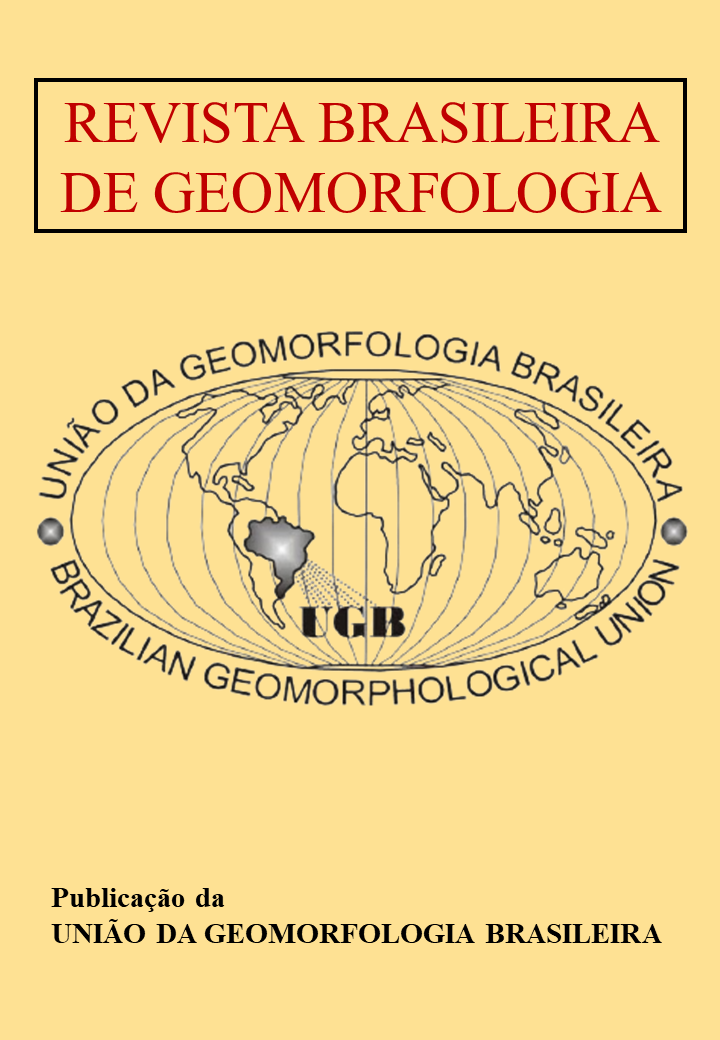A cloud-based and open-source approach to generate landslide susceptibility maps
DOI:
https://doi.org/10.20502/rbgeomorfologia.v25i2.2491Palavras-chave:
Terrain attributes, Google Earth Engine, Random ForestResumo
Landslides are devastating events with global implications, impacting human lives and infrastructure. Understanding their patterns of occurrence and identifying susceptible regions is crucial to minimizing their impact. Probabilistic susceptibility mapping is a widely used method for studying landslides, providing a detailed spatial overview. By characterizing the terrain attributes of areas where landslides have and have not occurred, and extrapolating these patterns to the entire study area, a landslide probability map is generated. Although these methods are proven to be efficient, they are often implemented using paid software or restricted access programming languages, which makes it difficult for other researchers to reproduce them. This article presents a free and open-access approach to mapping landslide susceptibility using the Google Earth Engine platform, encompassing all the necessary modeling steps. To illustrate how it works, we carried out a case study for the municipalities of São Sebastião and Ilhabela, in southeastern Brazil. The landslide susceptibility map resulting from this application obtained a ROC curve value of 0.931. 5.4% of the study area is highly susceptible to landslides, and these areas are distributed across the municipalities. Ultimately, this method offers a quick, accessible and low-cost computational solution for an initial mapping of landslide susceptibility.
Downloads
Downloads
Publicado
Como Citar
Edição
Seção
Licença

Este trabalho está licenciado sob uma licença Creative Commons Attribution-NonCommercial 4.0 International License.
Autor(es) conservam os direitos de autor e concedem à revista o direito de primeira publicação, com o trabalho simultaneamente licenciado sob a Licença Creative Commons Attribution que permite a partilha do trabalho com reconhecimento da autoria e publicação inicial nesta revista.










